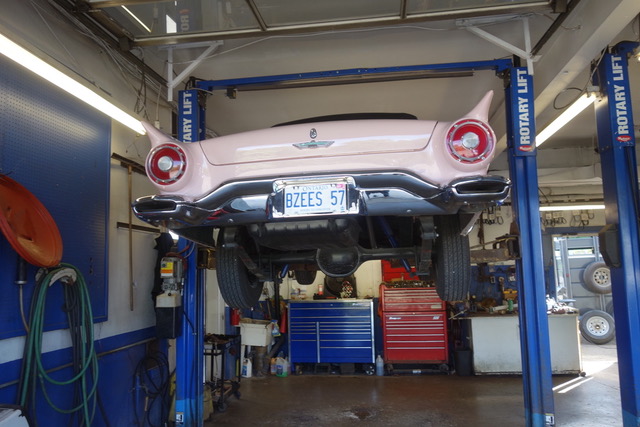





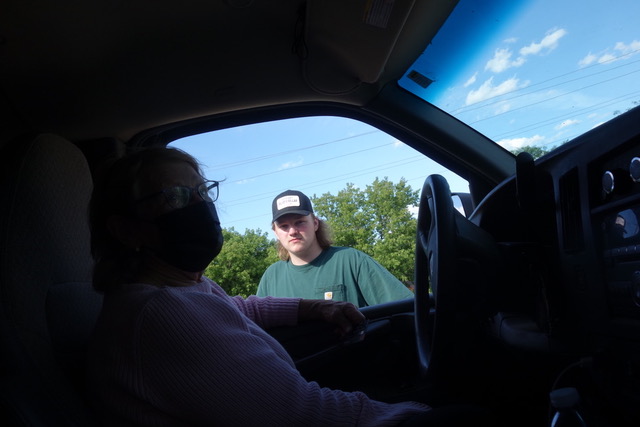


Alan's Oeuvre










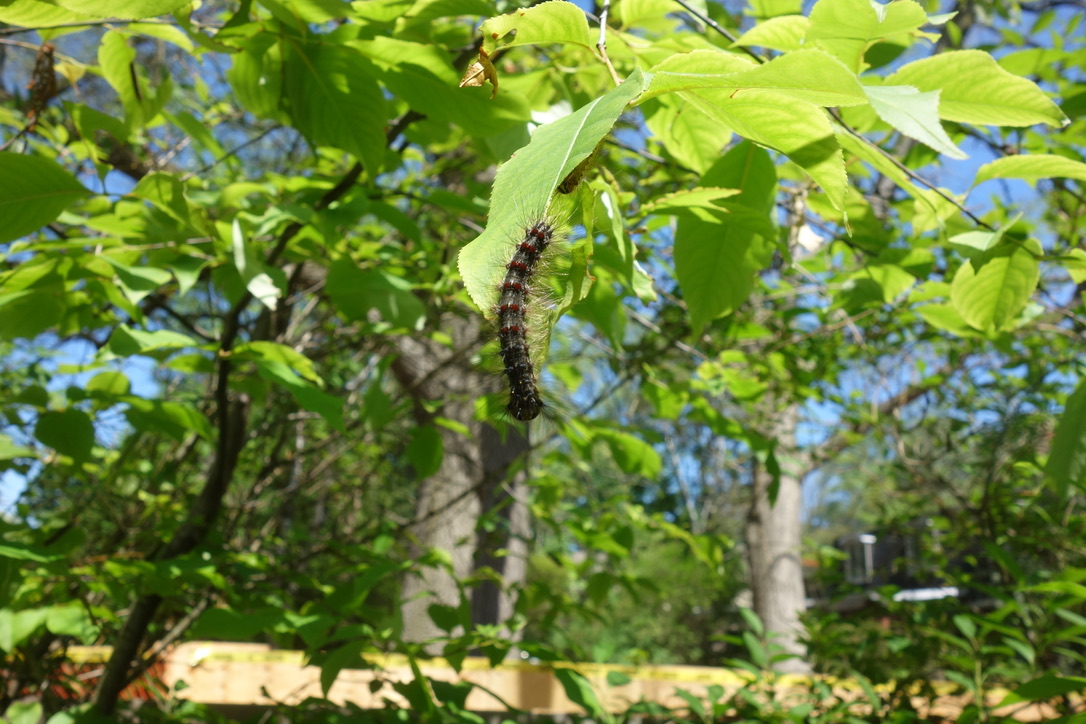
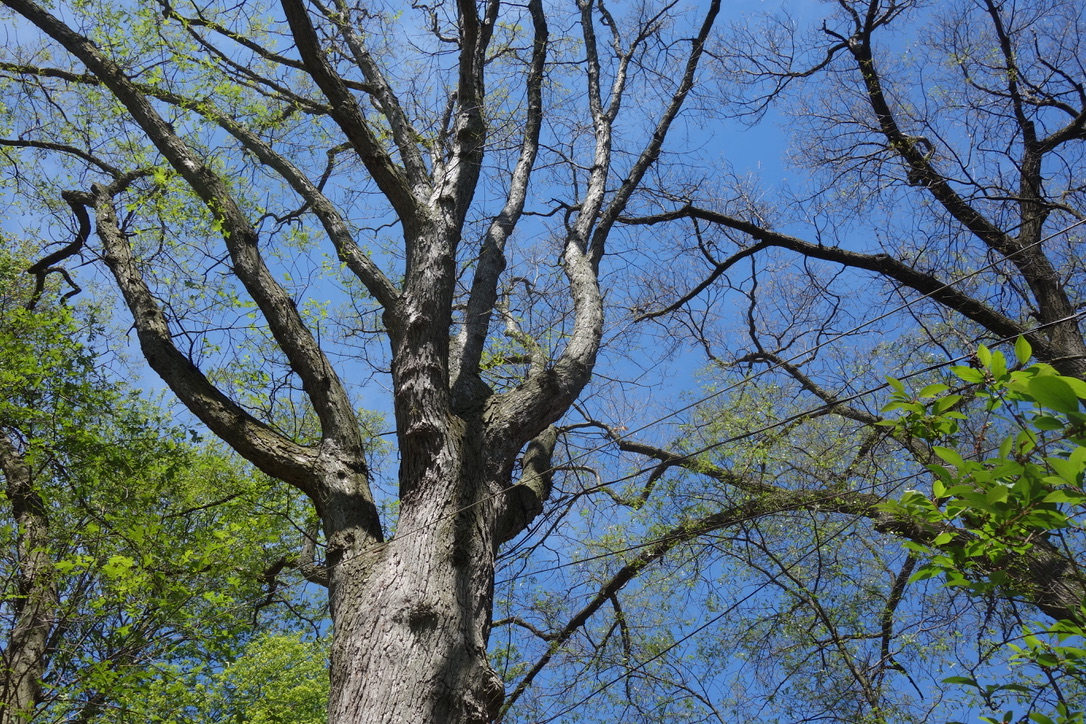




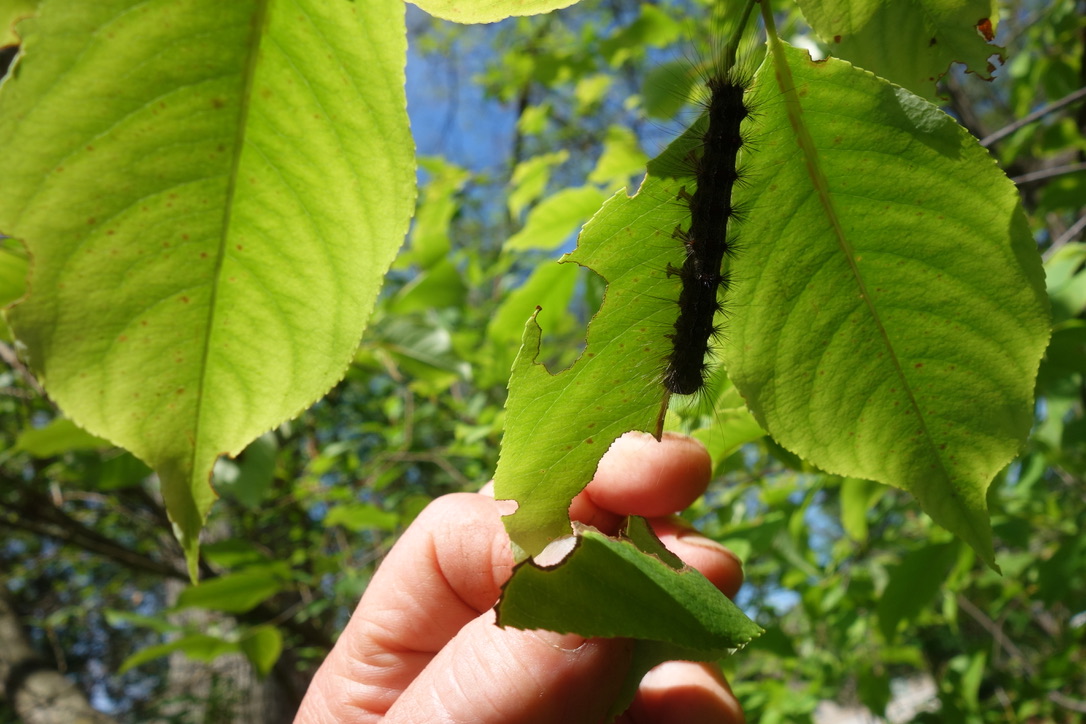
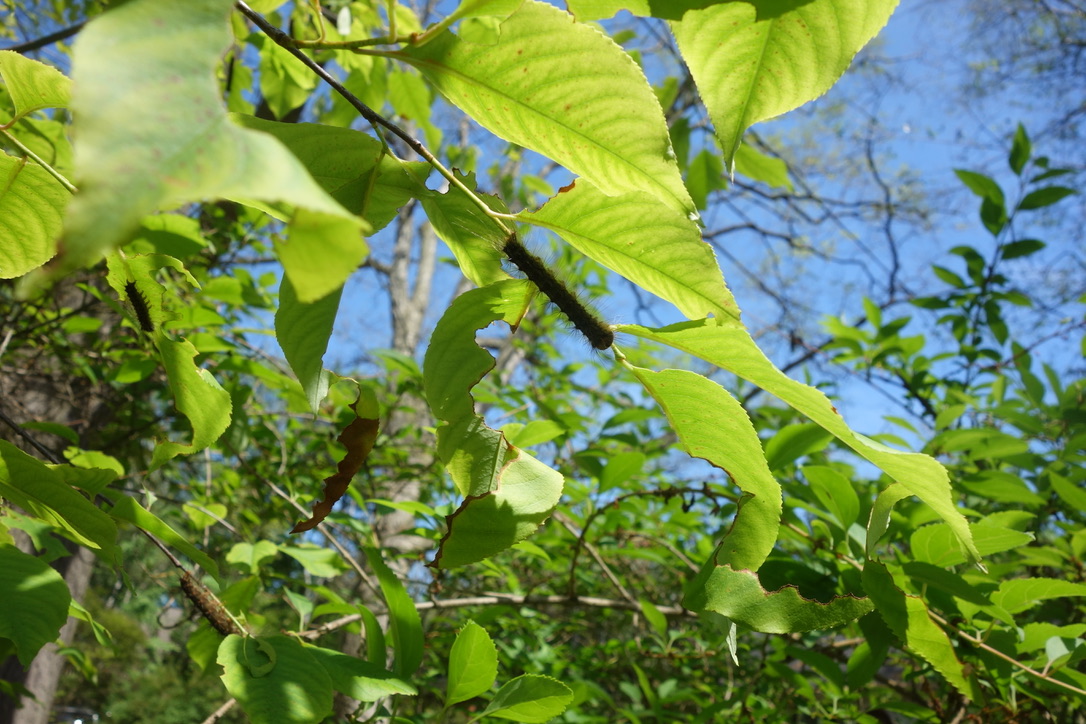
“The crazed panic over LLD (Gypsy) Moth continues!! It is too late to spray, despite many companies still offering this service or selling the spray.
Not every caterpillar, moth and butterfly is an LLD moth (see below for some native lookalikes).
Its gross, but temporary. Leaves will grow back. Focus on keeping your trees healthy with a good soaking of water if there isn’t a good rain, and feed the soil in the dripline of the tree(s)with a thin layer of good compost or other natural fertilizer (not chemical fertilizer, they can screw up the good soil microbes).
When you see the fuzzy, cream-coloured eggs masses on bark in a few weeks from now, scrape off as many as you can into soapy water to reduce next year’s crop. They are cyclic in population and will peak then crash within the next couple of years.”

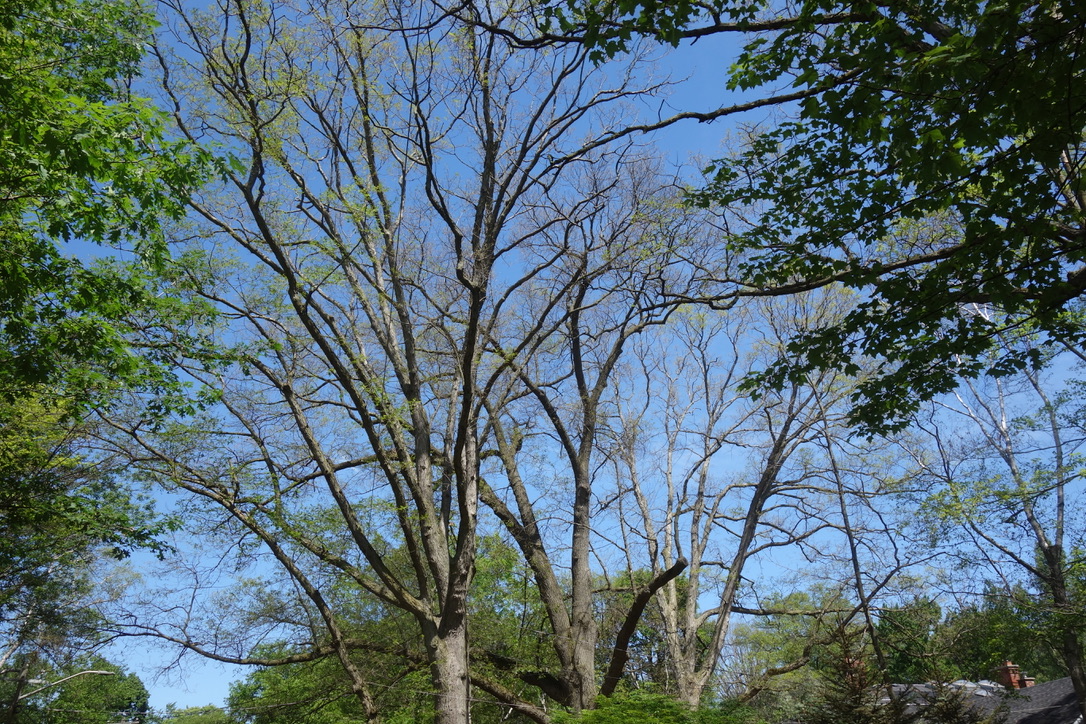


Yes, the Government might spray for Gypsy Moths, and they may even do your property. However, they may not spray enough or use an insecticide that is very effective. This may may not be all bad. If they sprayed something more potent they might kill all the desirable preditor insects such as ladybugs, praying mantis and lacewings, as-well-as other beneficial insects such as bees and butterflies, and even birds and toads.
Besides, the Government has been spraying Gypsy Moths for over a hundred years, and the moths are still with us and spreading. See our “Fighting The Gypsy Moths” section.
If you want to your property to be protected you might have to join the fight.
1. Duct tape and tanglefoot
2. Burlap folded strips
3. Burlap strips sprayed with insecticide
4. Gypsy moth traps
5. Search for and destroy egg masses
6. Aid the spread of virus fatal to gypsy moths
7. Encourage birds to visit your property
8. Hire a professional exterminator to spray from the ground
This section provides information about how gypsy moths came to the United States.

E. Leopold Trouvelot
The gypsy moth was brought to North America from France by Mr. E. Leopold Trouvelot. His purpose was to breed hybrid silkworms that would be hardier than the Chinese species and that could be used to establish a silk industry in the United States. By 1865 he had a million caterpillars feeding under protective netting at his home in Medford Massachussets. In 1869 some of them escaped and were apparently scattered by a windstorm.
By 1881 the gypsy moth caterpillars had become so common in the neighborhood of Trouvelot’s old home, that the villagers in Medford considered them a local nuisance.
The population of gypsy moth caterpillar exploded during the spring of 1889. The year before had been a good one for insects, and gypsy moths had flourished and laid record numbers of eggs. Hatching in April and May of 1889, millions of gypsy moth caterpillars stripped leaves from trees yard after yard and street after street in Medford. Caterpillars covered tree trunks, fences, and sides of houses.
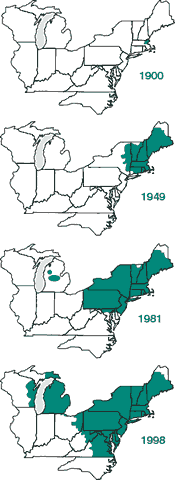
Gypsy moth spread map
University of Wisconsin
From this unfortunate start in Medford Massachussets, gypsy moths have now spread to many other portions of the United States
From 1892 to 1900 gypsy moths were confined to the extreme eastern portion of the State of Massachusetts.
By 1914 they had spread to New Hampshire, Maine, Rhode Island, and Connecticut.
By 1941 they were in Northeastern Pennsylvania and in extreme eastern New York State.
By 1981 they were all over Pennsylvania and New Jersey.
They have now spread to many other states, including Michigan and Wisconsin, as shown on the map on the right.
Gypsy Moths are now also in Virginia, West Virginia and Oregon. How did they get to Oregon? It is believed that they hitchhiked on a car or truck.
They continue to spread.
Follow this link to see efforts over the years to rid the country of Gypsy Moths: Gypsy Moth Wars
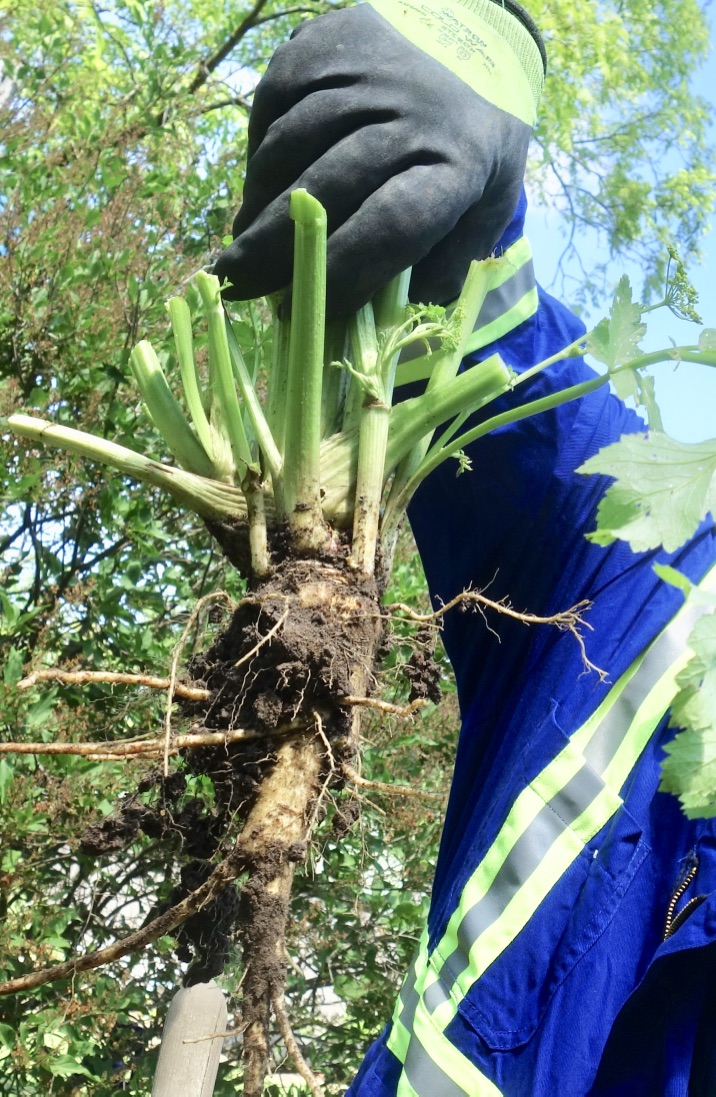






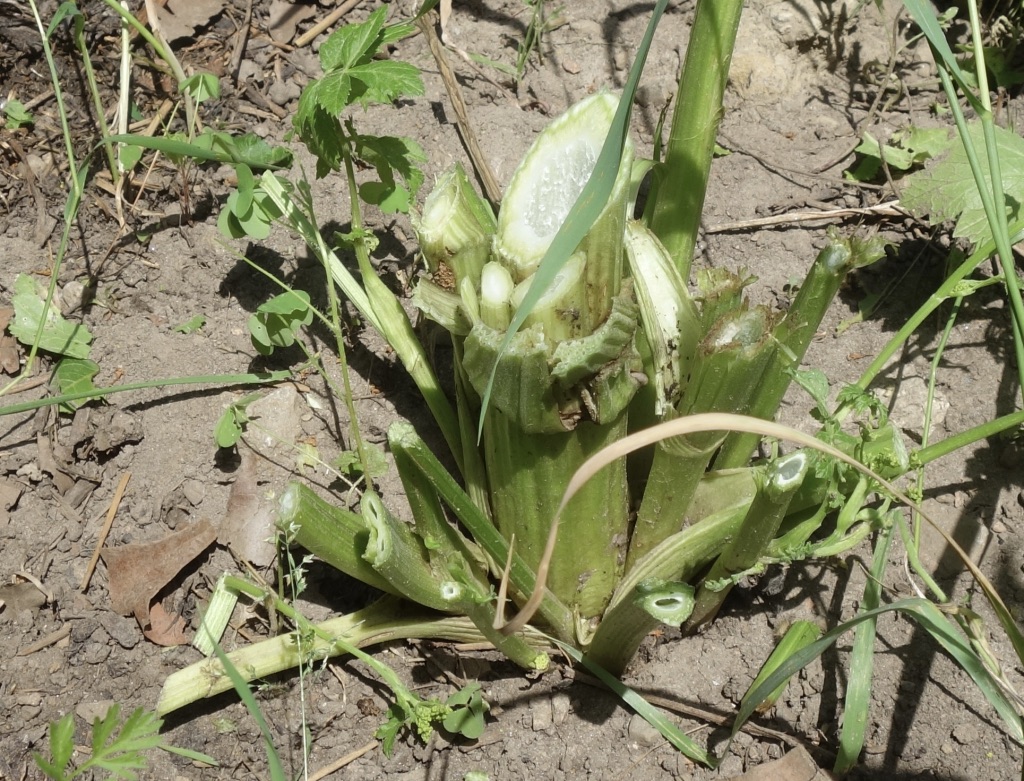
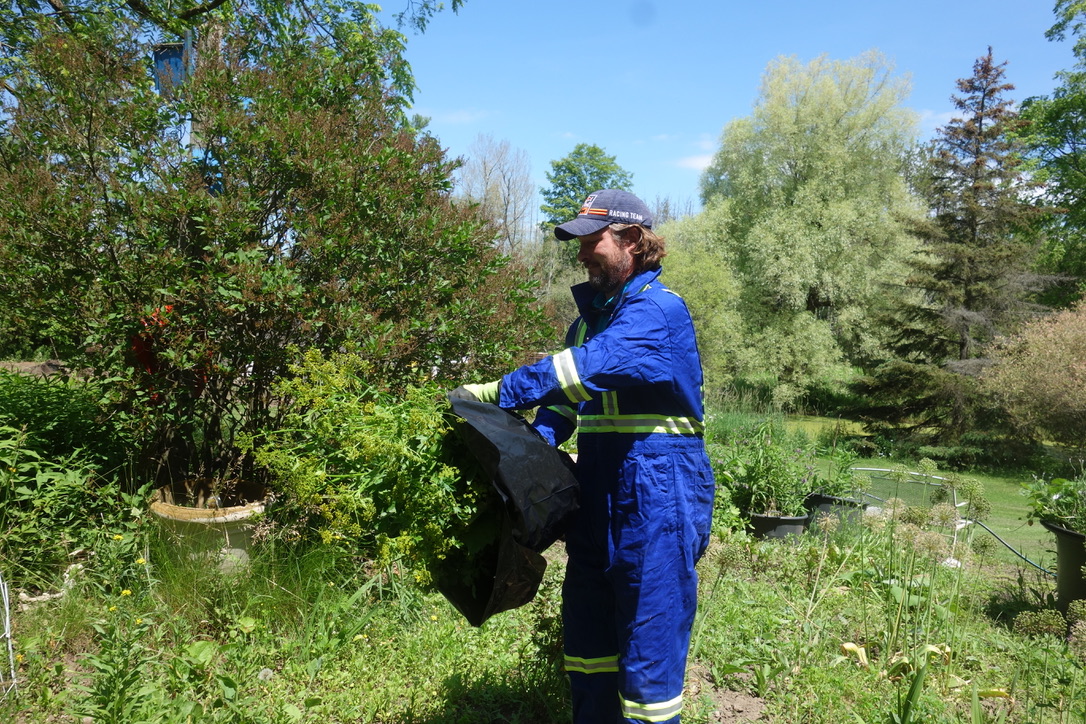
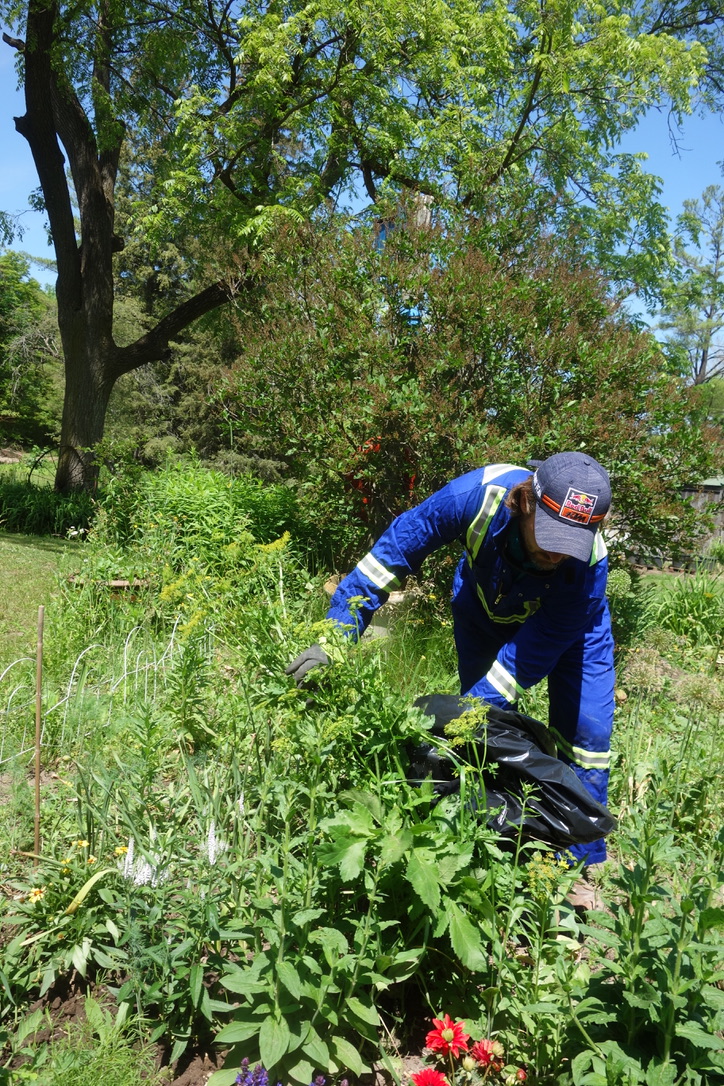
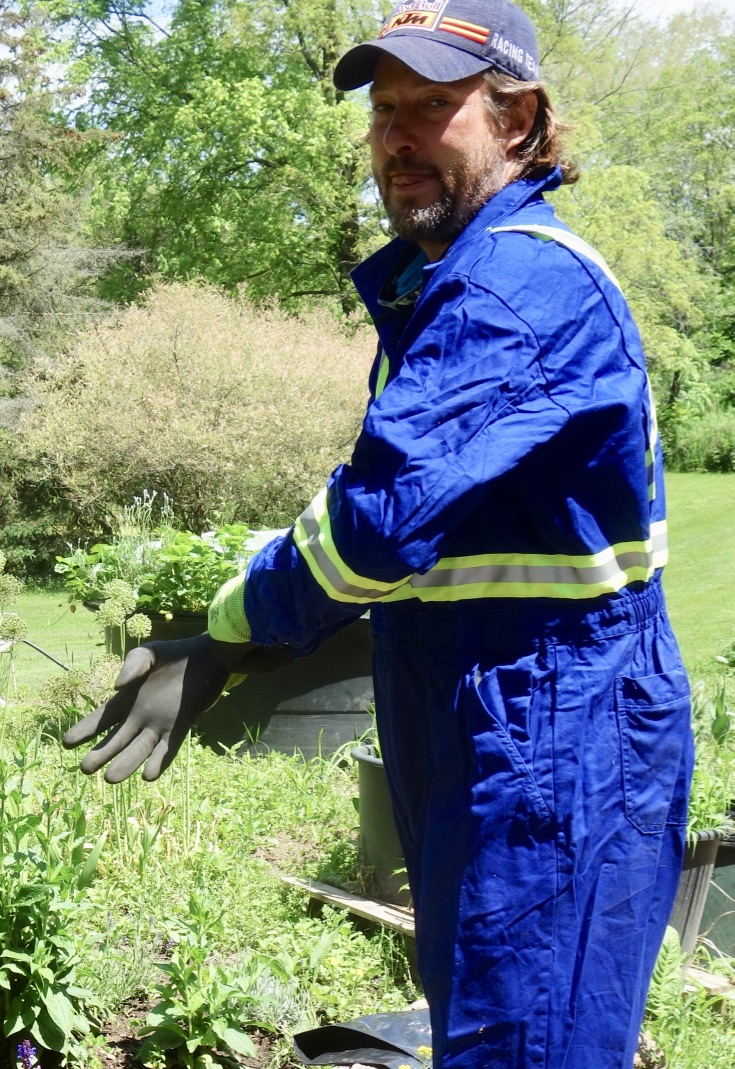
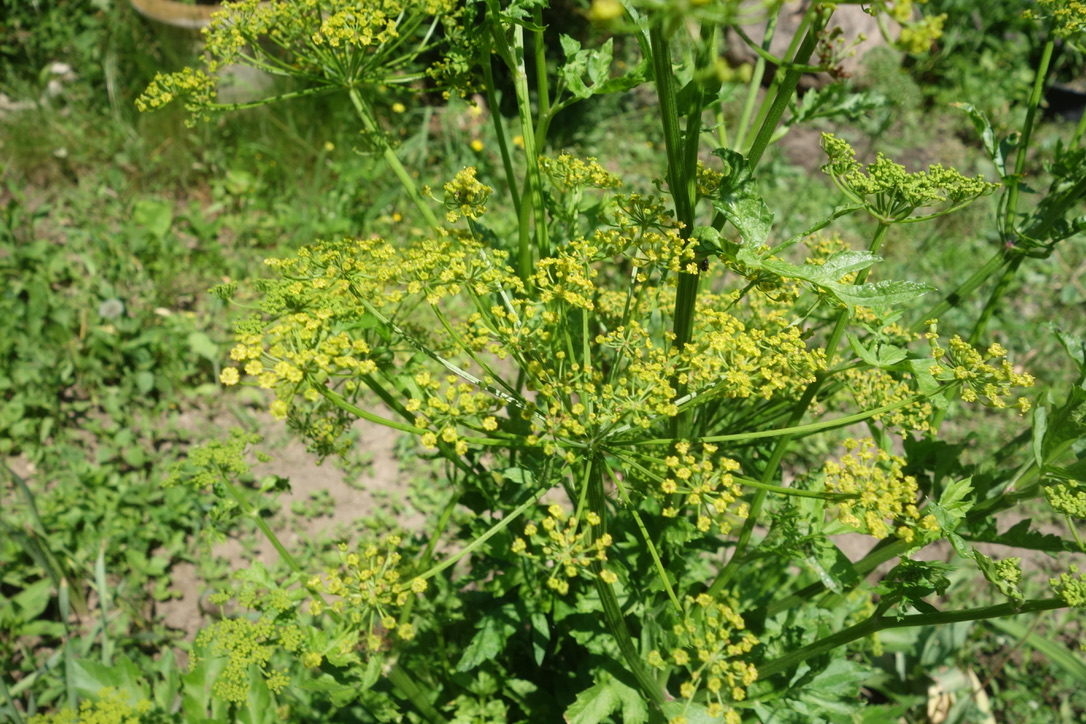

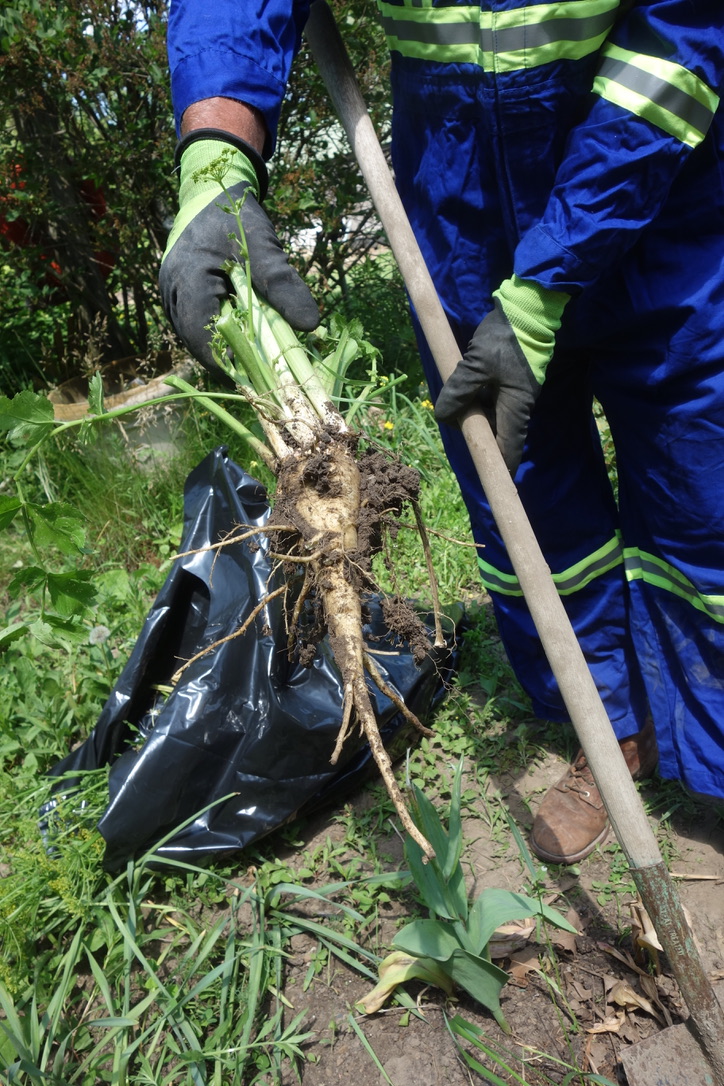



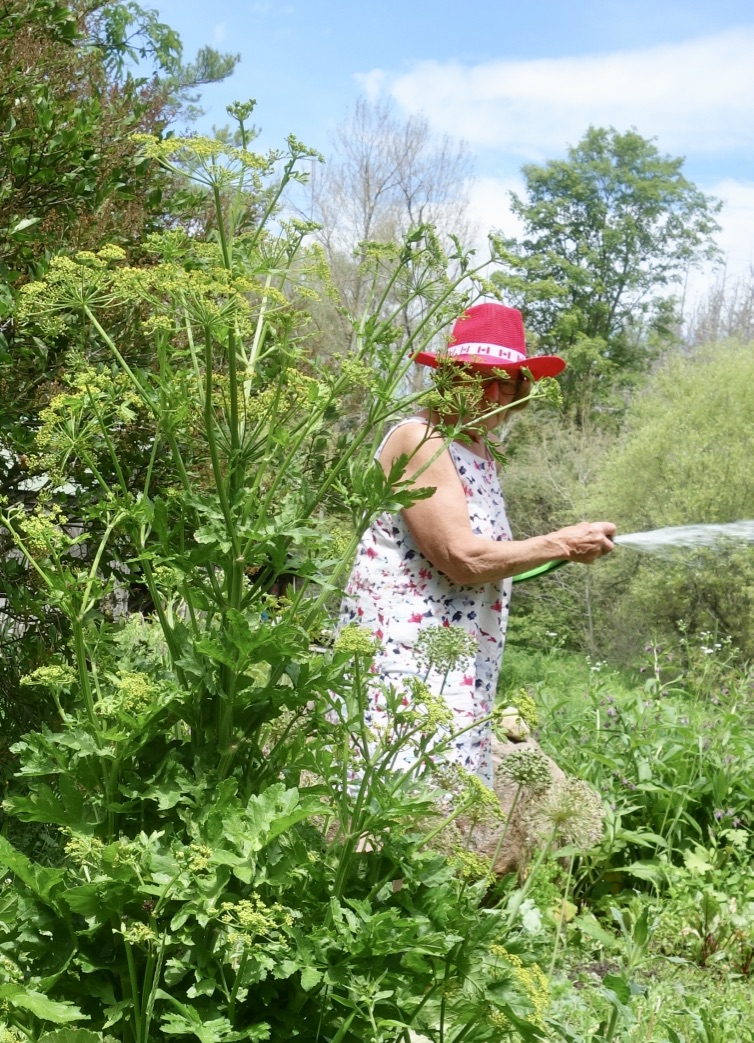







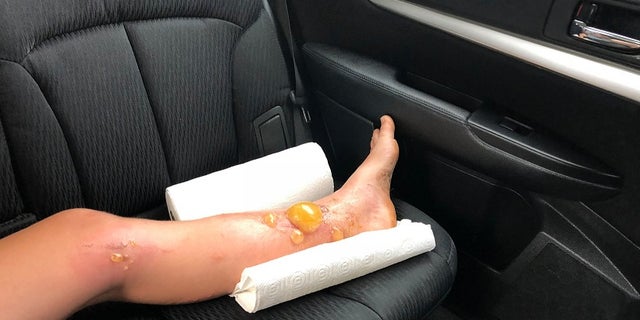
At first, Murphy said she “didn’t think anything of it.” (Charlotte Murphy)
WARNING: ARTICLE CONTAINS GRAPHIC IMAGES
A Vermont woman who received the equivalent of second-degree chemical burns to her legs after falling into a wild parsnip plant is warning others about the dangers of the seemingly harmless herbage.
Around the first of July, Charlotte Murphy, of Essex, Vermont, was traveling to the southern part of the state for her internship with a local artist. When she stopped on the side of the road, she lost her footing and fell into the plant, breaking it, causing the sap from the wild parsnip plant to come in contact with her bare legs.


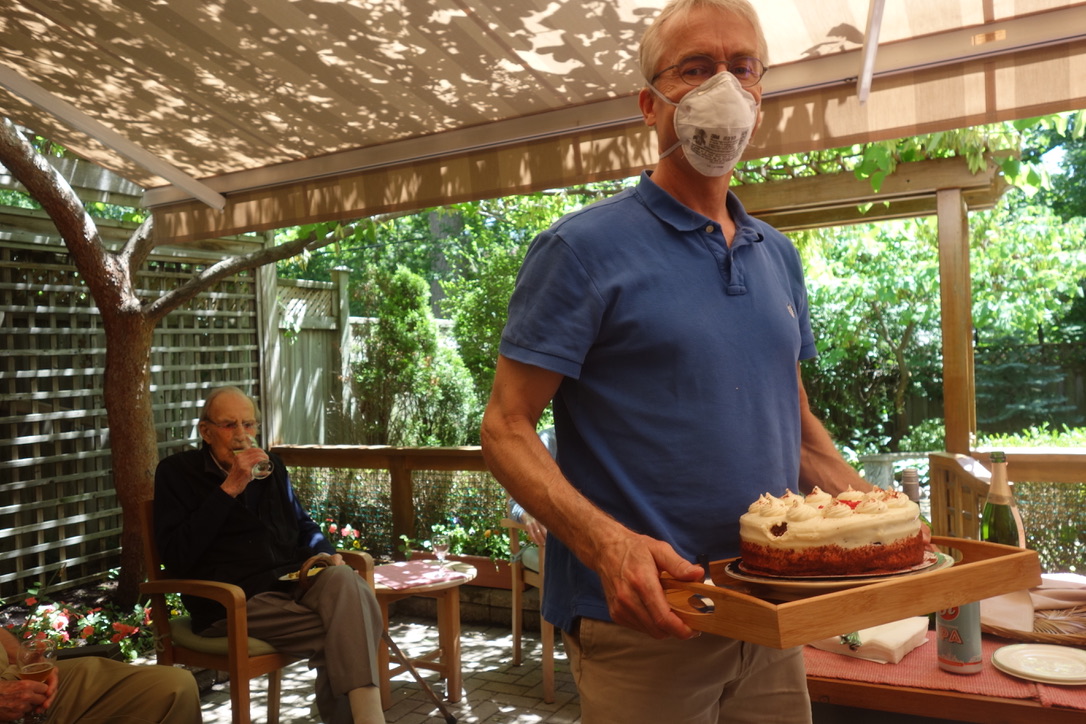














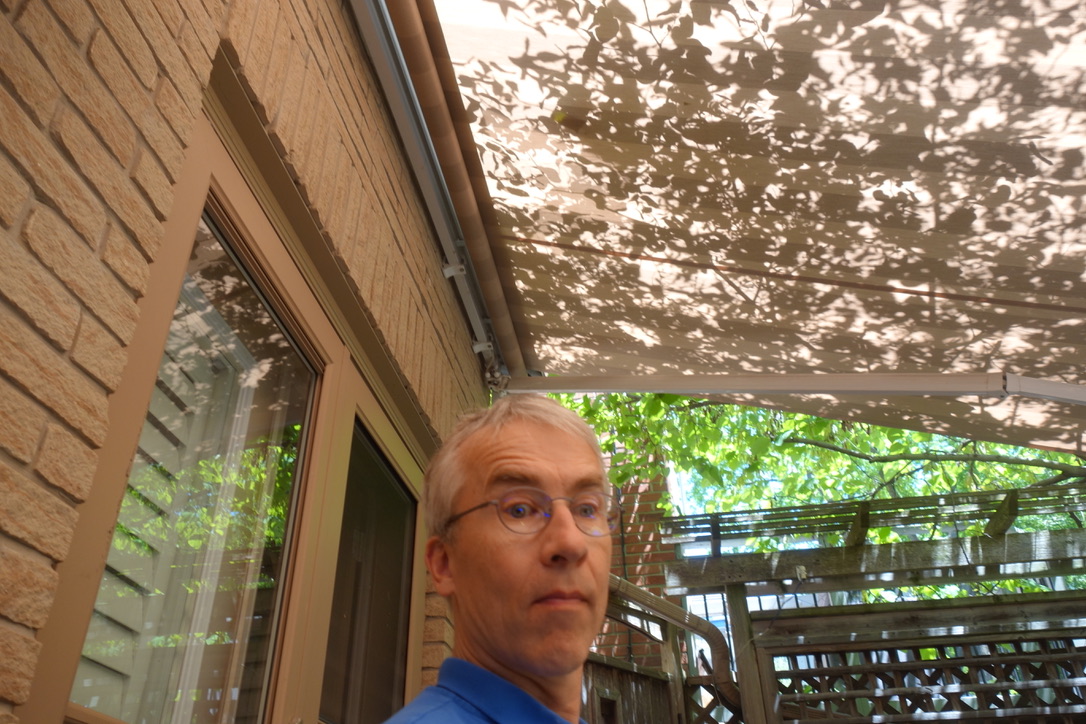




EPISODE 371 STRIP MINING IN OHIOalan skeochJune 2021

Mining is not pretty. Strip mining is especialy ugly….extremely so.
We had good friends in central Ohio back in the 1990’s and spent several
When is it economic to strip mine in Ohio?



In the 1990s, a new form of surface mining,mountaintop removal, became more common. This more invasive method provides access to coal that would’ve been left behind by traditional strip mining. In recent years, tensions over mountaintop removal have risen between those wanting to boost the state’s diminishing coal industry and activists wanting to protect the environment.


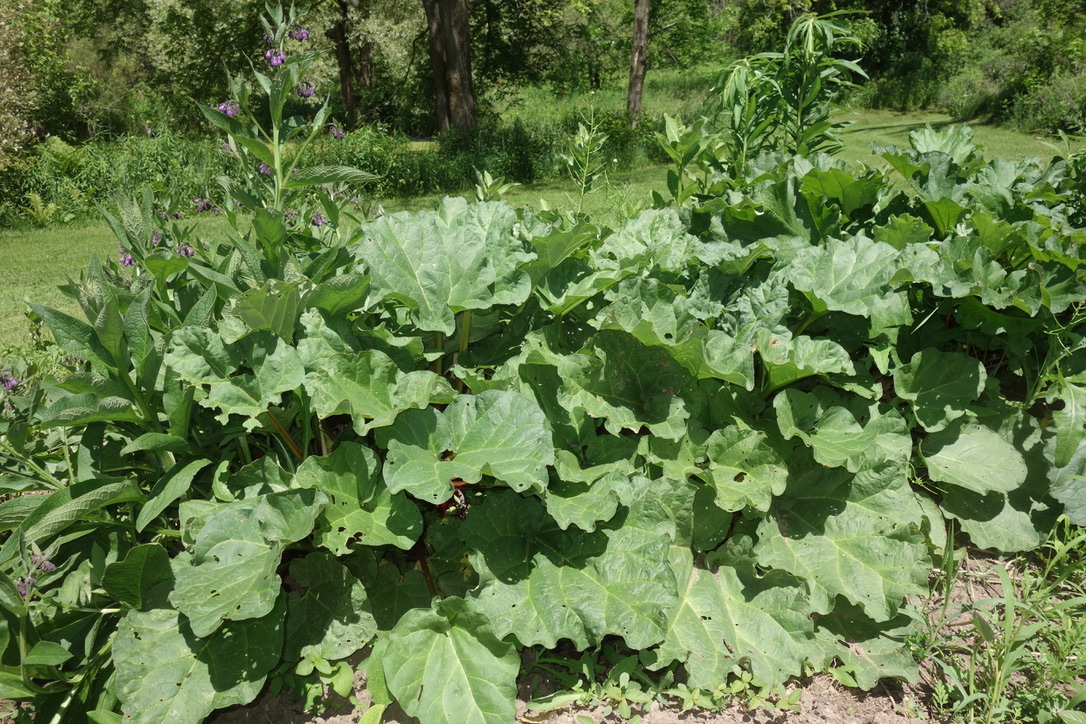
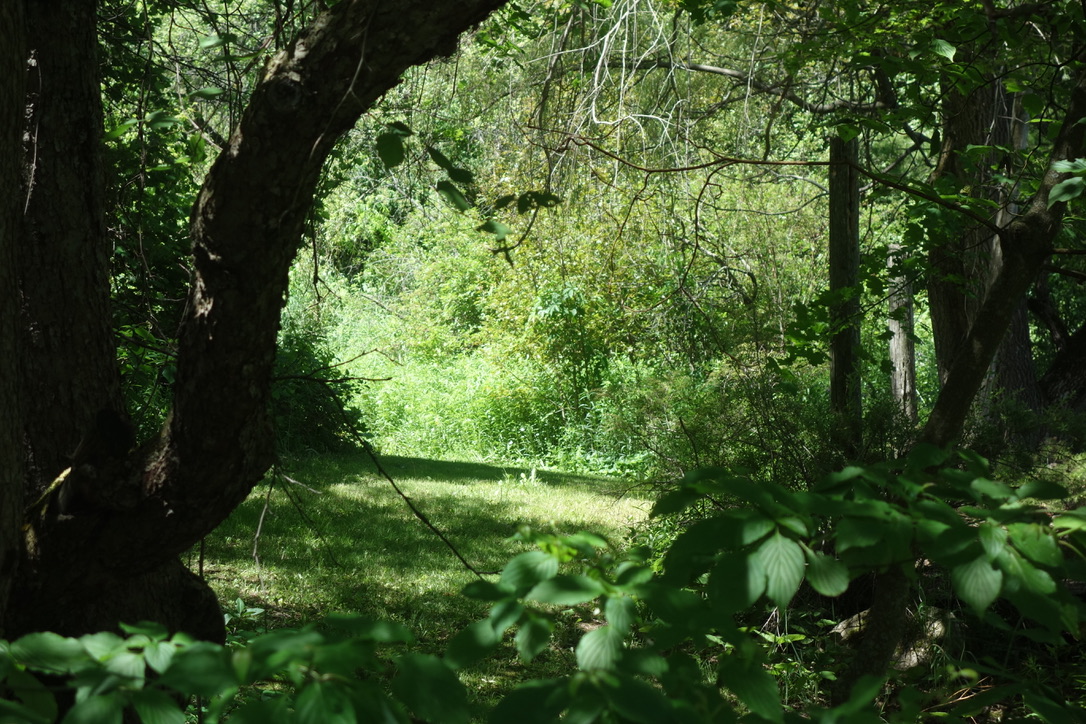





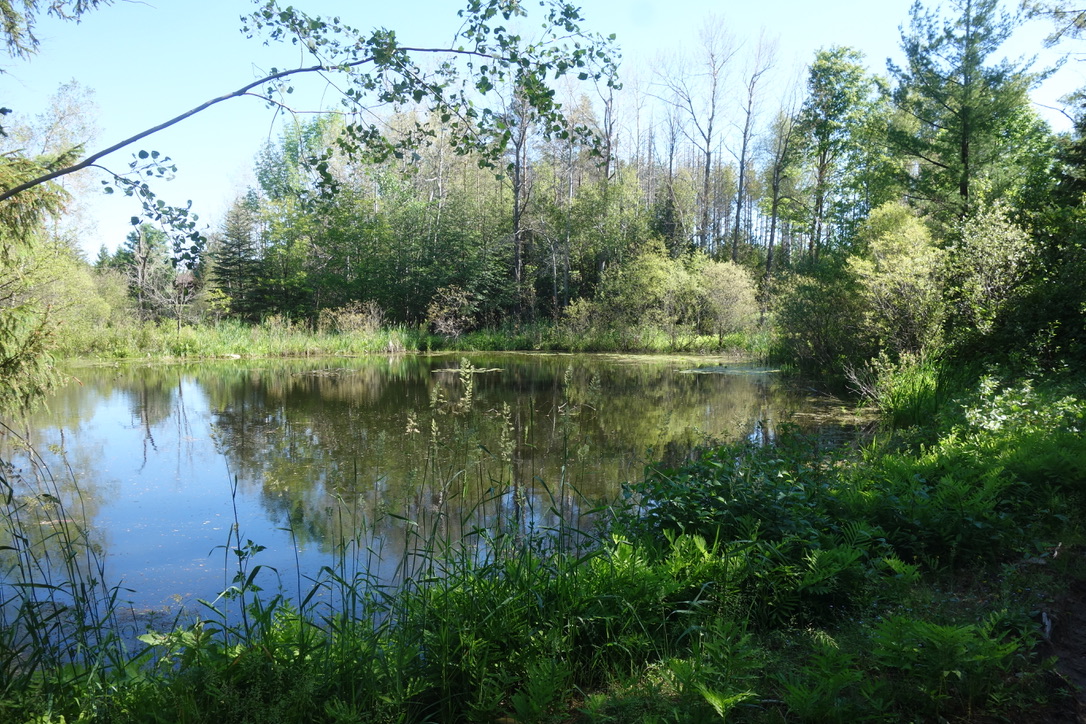
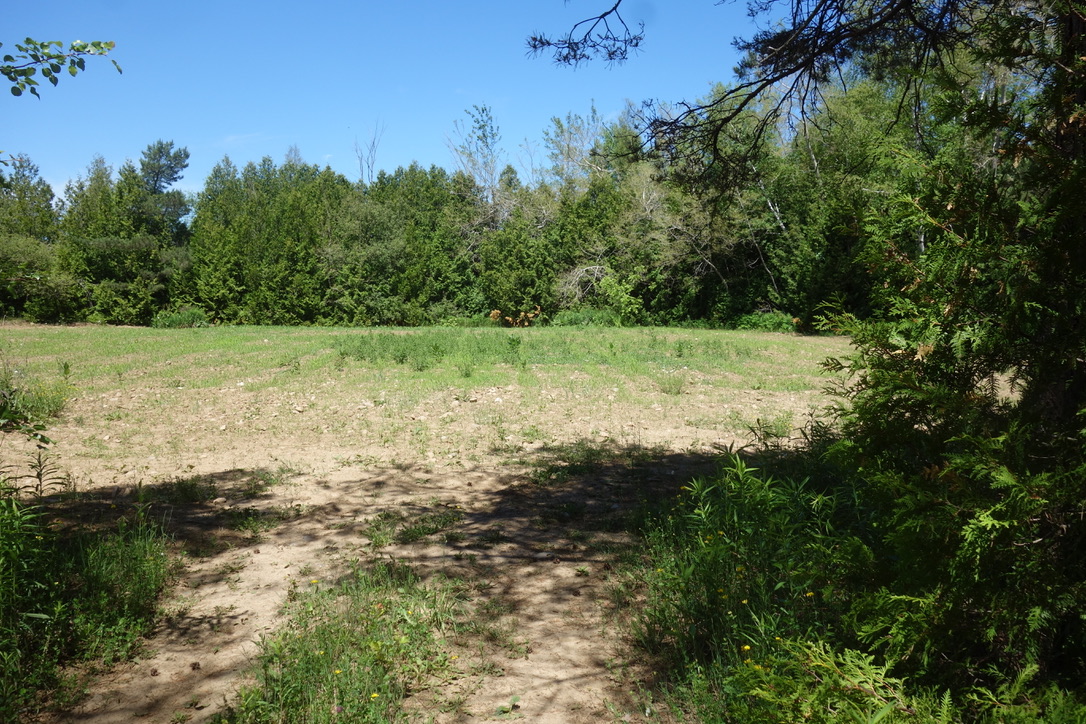
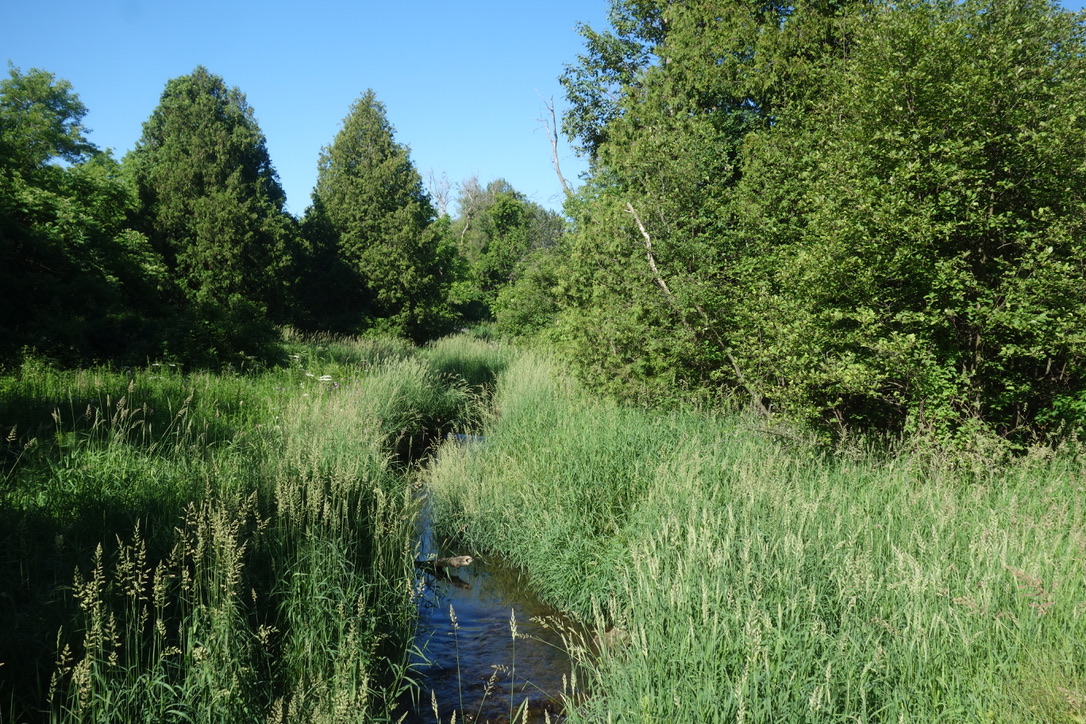


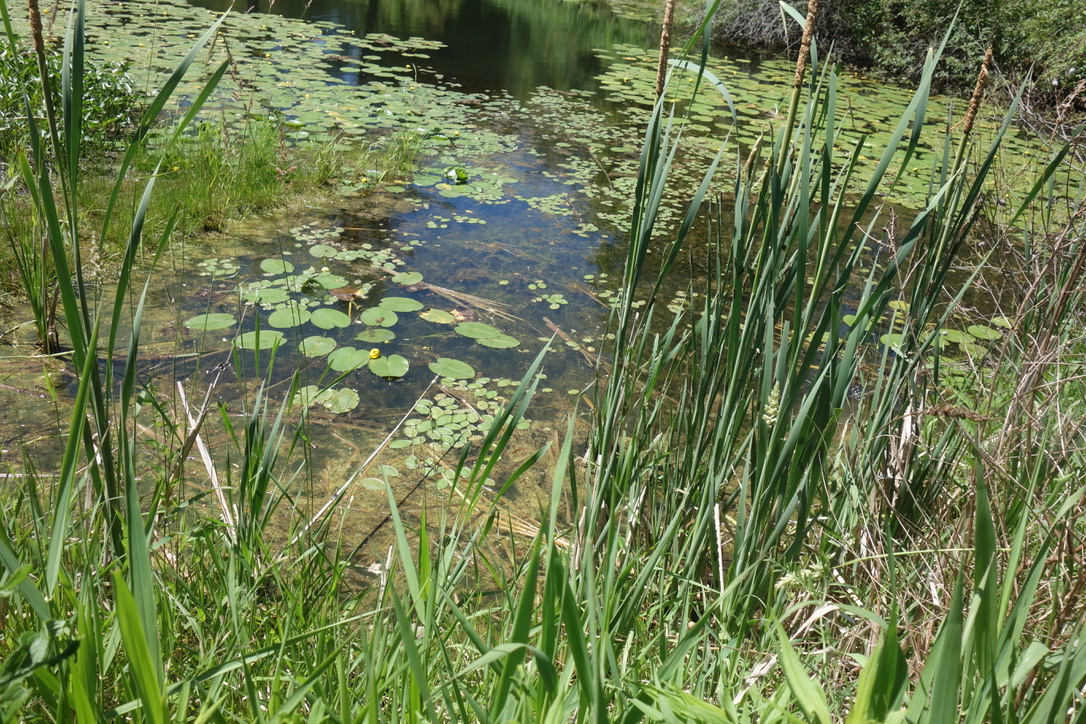



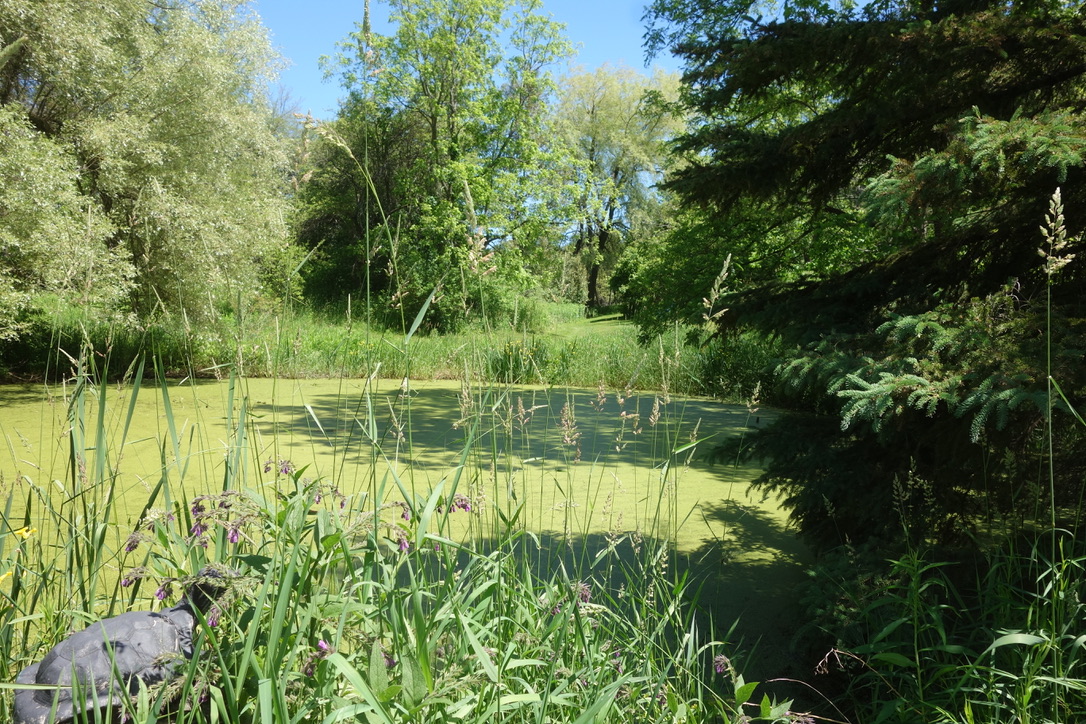

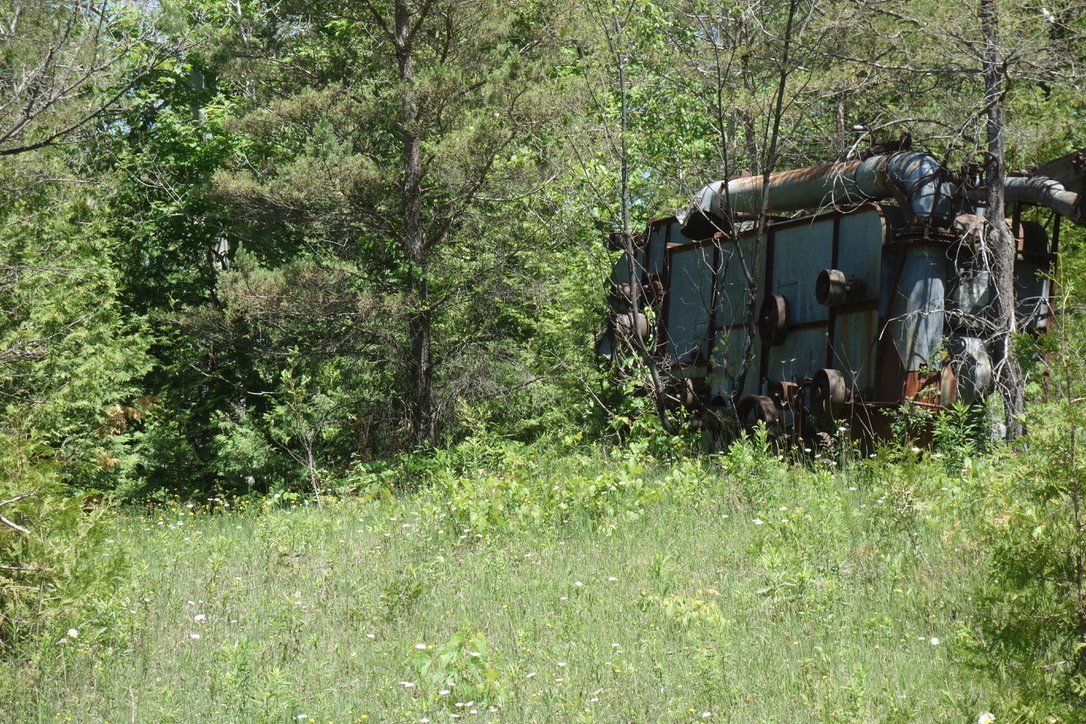


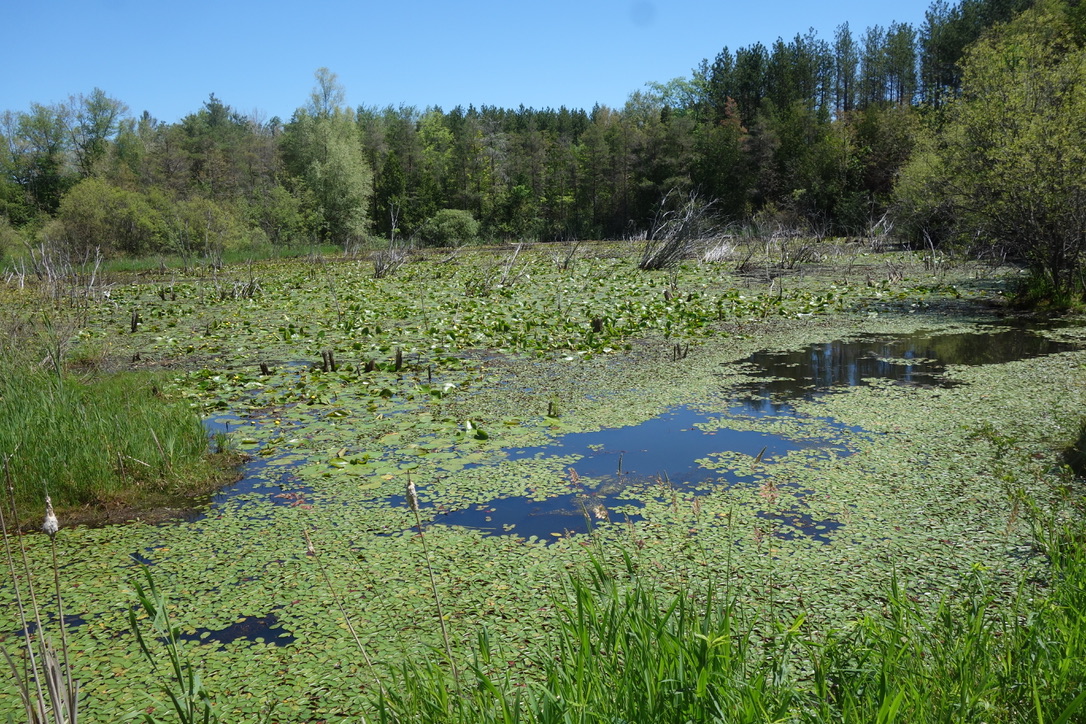




EPISODE 389 OLD FREEMAN FARM…GRANDPA, ERIC, DAD (SPIFFY OUTFIT), LADDIE…OLD VERANDAH 1943 PERHAPS
(SOMETHING IS OUT OF PLACE IN THIS PICTURE…WHAT IS IT?)



















































